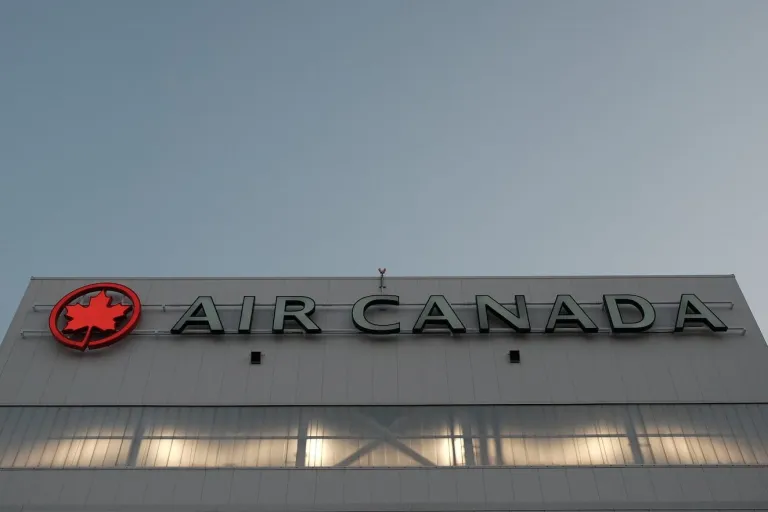I LOVE to fly.
Even when the inflight wifi isn’t working or my bag won’t fit in the overhead bin, travelling near the speed of sound literally miles above the earth is a truly magical thing.
I realize this isn’t a common sentiment. Most people dread the process. From security line-ups to finding your gate, to navigating through crowds of people as you race between terminals—all to be herded into a metal tube and squished next to strangers before being launched into the air for hours at a time. What’s not to love?
(It’s important to acknowledge that for racialized folks who regularly get searched at the security gate, larger people who are subjected to anti-fat looks, harassment, and discriminatory airline policies, or trans people who may have to use identification documents that don’t match their gender or name, flying can be a complicated and rough experience.)
During a summer of air travel dysfunction (particularly if you have the unfortunate experience of flying through Toronto Pearson Airport), much has been made of the inability of airlines, airports and government to get things back on track.

So what does any of this have to do with email marketing?
Whether you love to fly or have a complicated or even painful relationship with the process, we’ve likely all been affected, or know someone who was affected by the crisis that unfolded in airports this summer.
Which is why I was intrigued when I received an email from the CEO of Air Canada, Michael Rousseau, with the subject line “Letter from Mike.”
Email can be an effective tool for marketers. Whether you’re a brand, a non-profit, a political party, or a labour union, emailing your members, supporters, and customers allows you to communicate directly to them in a unique and powerful way.
An email that should have served to repair an increasingly fraught relationship was instead a 750-word long corporate communique
It’s not surprising then that the president of Canada’s largest airline reached out directly to his beleaguered company’s most loyal customers—their Aeroplan loyalty program members—to apologize and begin to rebuild the trust his company has lost.
To my dismay, an email that should have served to repair an increasingly fraught relationship was instead a 750-word long corporate communique.
As I waded through run-on sentences made up of too many $5 words, I didn’t find the personal message from “Mike” that the subject line promised. Instead, I found a series of excuses that tried to lay the blame for Air Canada’s troubles at other people’s feet, and meaningless statistics meant to reassure me that things were getting better.
American email strategist Martha Patzer made the point some years ago that your supporter’s (or customer’s) inbox is a personal space into which you invite brands and causes with whom you want a relationship. Unlike a billboard or a TV ad, you have to invite brands into this space – your space – and with that invitation comes a responsibility for those organizations to build trust with you.
When I write a campaign email for a client, I ask myself “Does this email build trust with the supporter – or break it?” What I’m really asking is: is this message genuine? does it speak to an issue that matters, and does it give the reader a meaningful solution to the issue at hand? Email marketers that answer these questions well know that each time we have the privilege to enter someone’s inbox is an opportunity to deepen our relationship with them.
During a summer marked by thousands of stories of stranded air travellers – many of them Air Canada customers – Michael Rousseau had an opportunity last week to connect with people who were stressed or angry about their air travel experience.
Does this email build trust with the supporter – or break it?
He chose to open his letter by talking about how “conditions in the global airline industry were impacting you” – when he could have built trust by acknowledging how hard this summer has been for anyone who was travelling to see their family and friends for the first time in three long pandemic years.
Instead of using awkward corporate language like “the results are trending positively”, he could have shared a story about one of his front-line team who was above and beyond to help travellers facing delays.
And perhaps instead of sharing stats about “baggage mishandling rates per 1,000 customers”, he could have shared a moment of vulnerability by saying how sorry he was that things were so difficult for so many people – and that he was going to do his very best to get things right as soon as possible.
He might also have closed his email not with an assurance that his company is “eager…to transport me safely”, but instead invited me to imagine my next trip – after these disruptions are over – and to explore some of the places I can fly to in the future.
On Air Canada, of course.
Cover photo by David Vincent Villavicencio on Unsplash.

